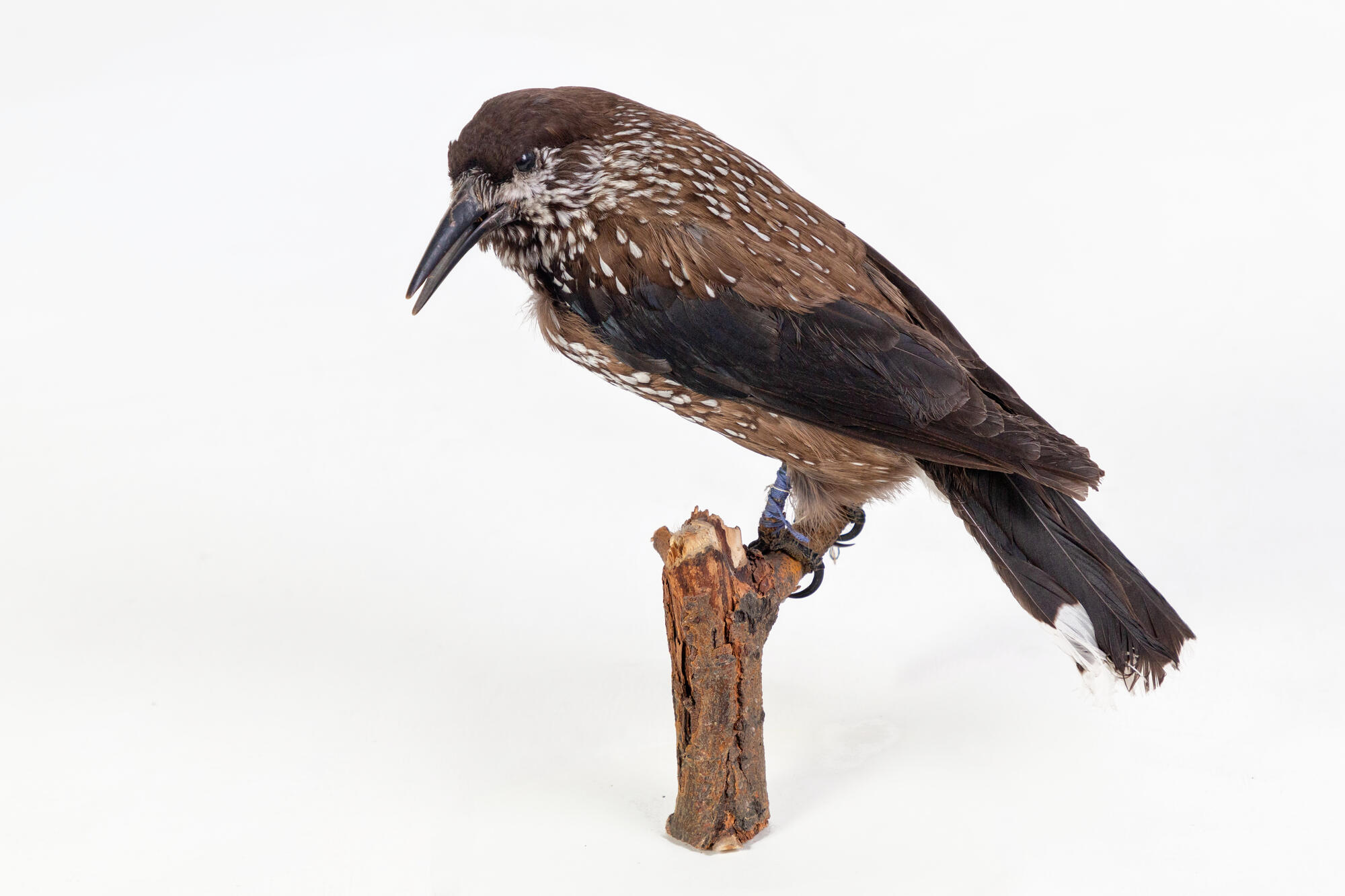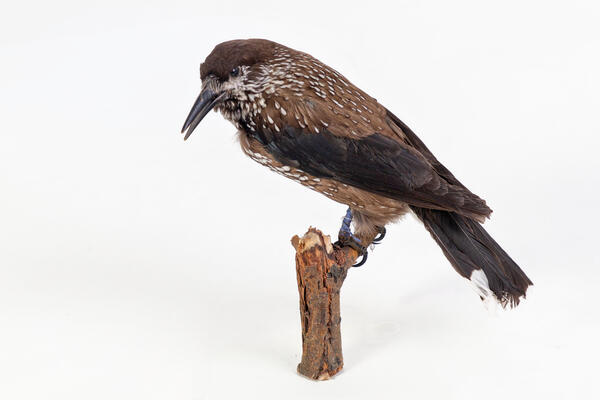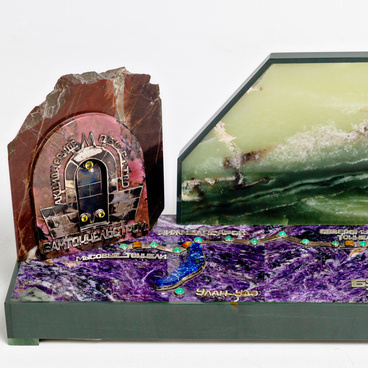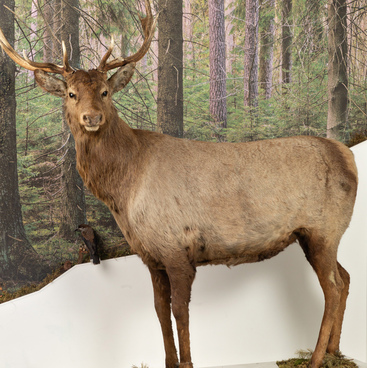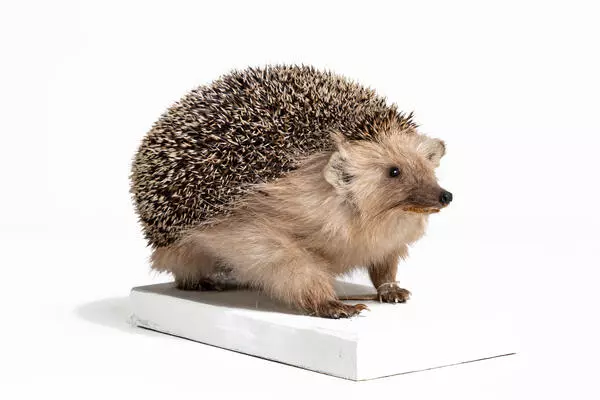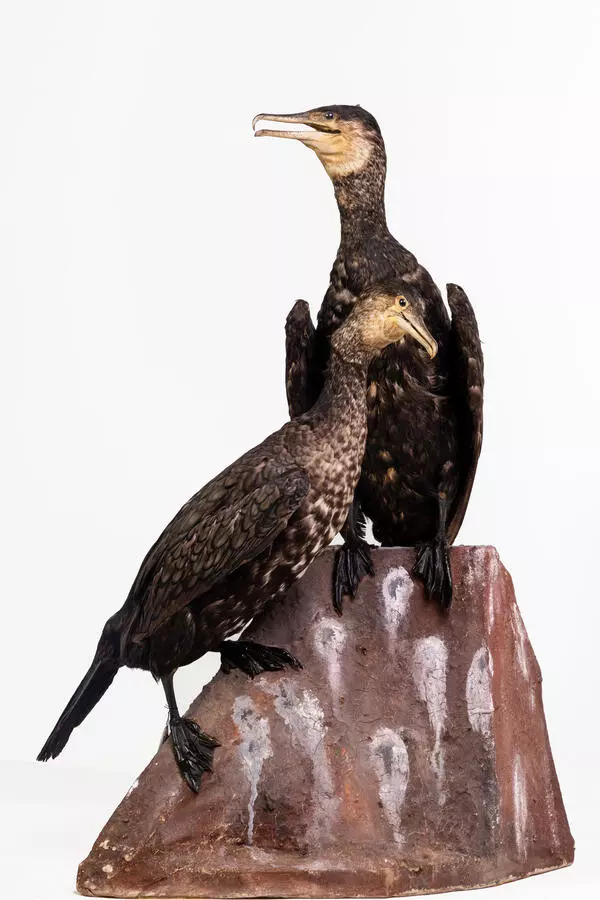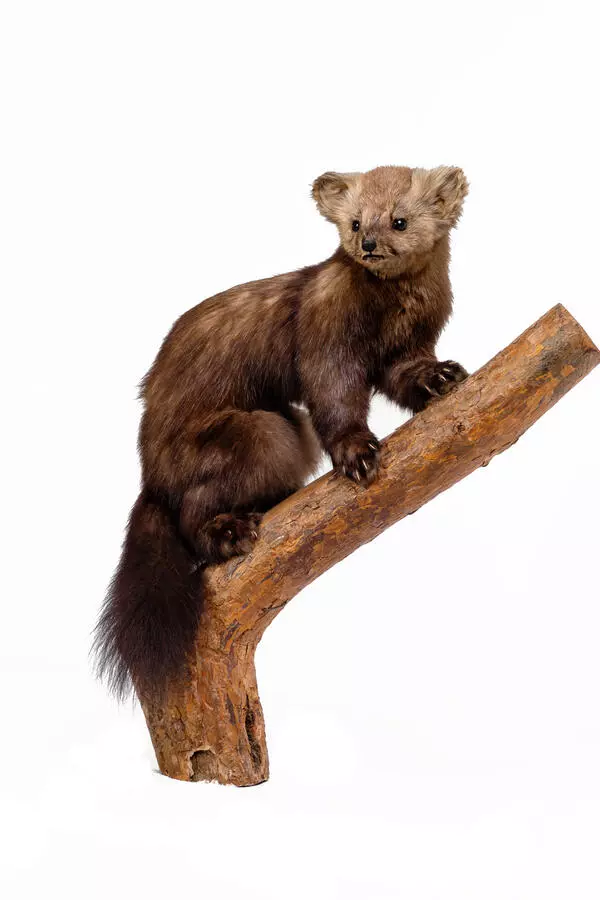The bird got its name because of pine nuts, which are the main food of a nutcracker. It has brown-chocolate plumage with white spots, which helps it to disguise itself in the forest. Its paws are powerful with prehensile claws, which it deftly holds the cones when they are peeling. It uses its long, strong beak to extract pine nuts from cones and extract kernels. To do this, the a nutcracker opens its beak slightly and hits the shell. The blow falls on two points at once and splits the shell. These birds prefer pine nuts in their diet, but in many areas where broad-leaved forests predominate, they eat hazel nuts, beech seeds, and other plants. During the short Siberian summer, one nutcracker manages to collect about 50 kg of pine nuts. At one time the bird moves more than 100 nuts. For this purpose, it has a special sublingual pouch. When collecting nuts, the nutcracker discards unusable, damaged, and rotten nuts, and leaves only the best ones.
The nutcracker hides supplies in small portions, usually for 10-20 nuts, under moss, tree bark, rotten stumps, and logs. It especially likes to do this in crevices and on rocky slopes. The bird easily finds its reserves under the snow, but it is still unknown how it remembers their location. Caches with reserves that are not used by nutcrackers make it possible for future cedar seedlings to appear. This bird is the main distributor of both Siberian pine and cedar elfin high in the mountains and far to the North. In addition, other animals, such as chipmunks, squirrels, and bears, use the nutcracker’s supplies. The lifestyle of this woodland bird varies from season to season. During nesting season, it finds a secret corner in the forest and rarely leaves them. At other times of the year, they are not afraid of people at all and can stay close to housing, thus knowing that there is always something to profit from. Nutcrackers, like other corvids, are very resourceful. Ornithologists observed how they extracted pine moth caterpillars in November directly from under the snow, thus making oblique passages in the snow cover.
The nutcracker hides supplies in small portions, usually for 10-20 nuts, under moss, tree bark, rotten stumps, and logs. It especially likes to do this in crevices and on rocky slopes. The bird easily finds its reserves under the snow, but it is still unknown how it remembers their location. Caches with reserves that are not used by nutcrackers make it possible for future cedar seedlings to appear. This bird is the main distributor of both Siberian pine and cedar elfin high in the mountains and far to the North. In addition, other animals, such as chipmunks, squirrels, and bears, use the nutcracker’s supplies. The lifestyle of this woodland bird varies from season to season. During nesting season, it finds a secret corner in the forest and rarely leaves them. At other times of the year, they are not afraid of people at all and can stay close to housing, thus knowing that there is always something to profit from. Nutcrackers, like other corvids, are very resourceful. Ornithologists observed how they extracted pine moth caterpillars in November directly from under the snow, thus making oblique passages in the snow cover.
